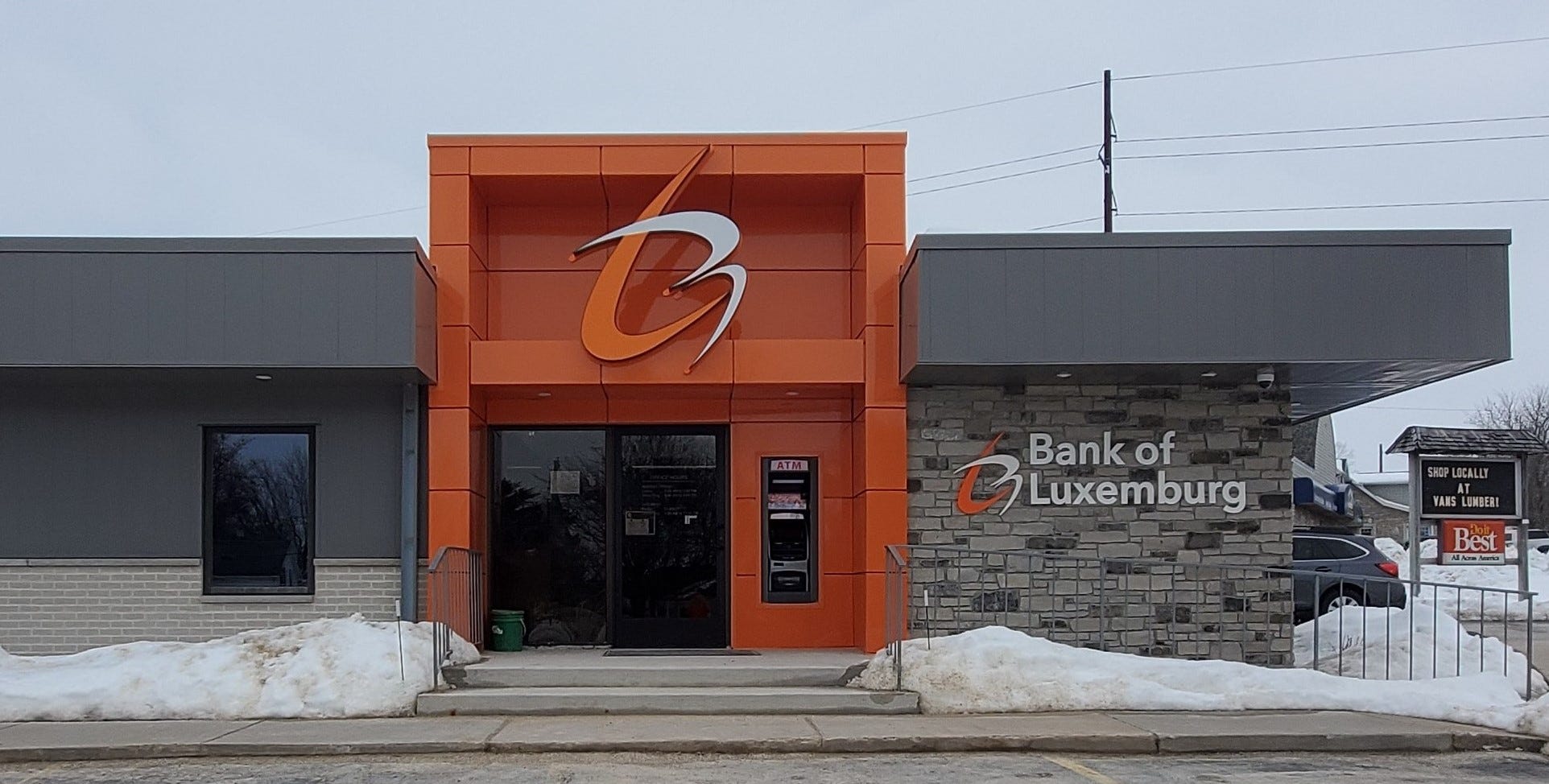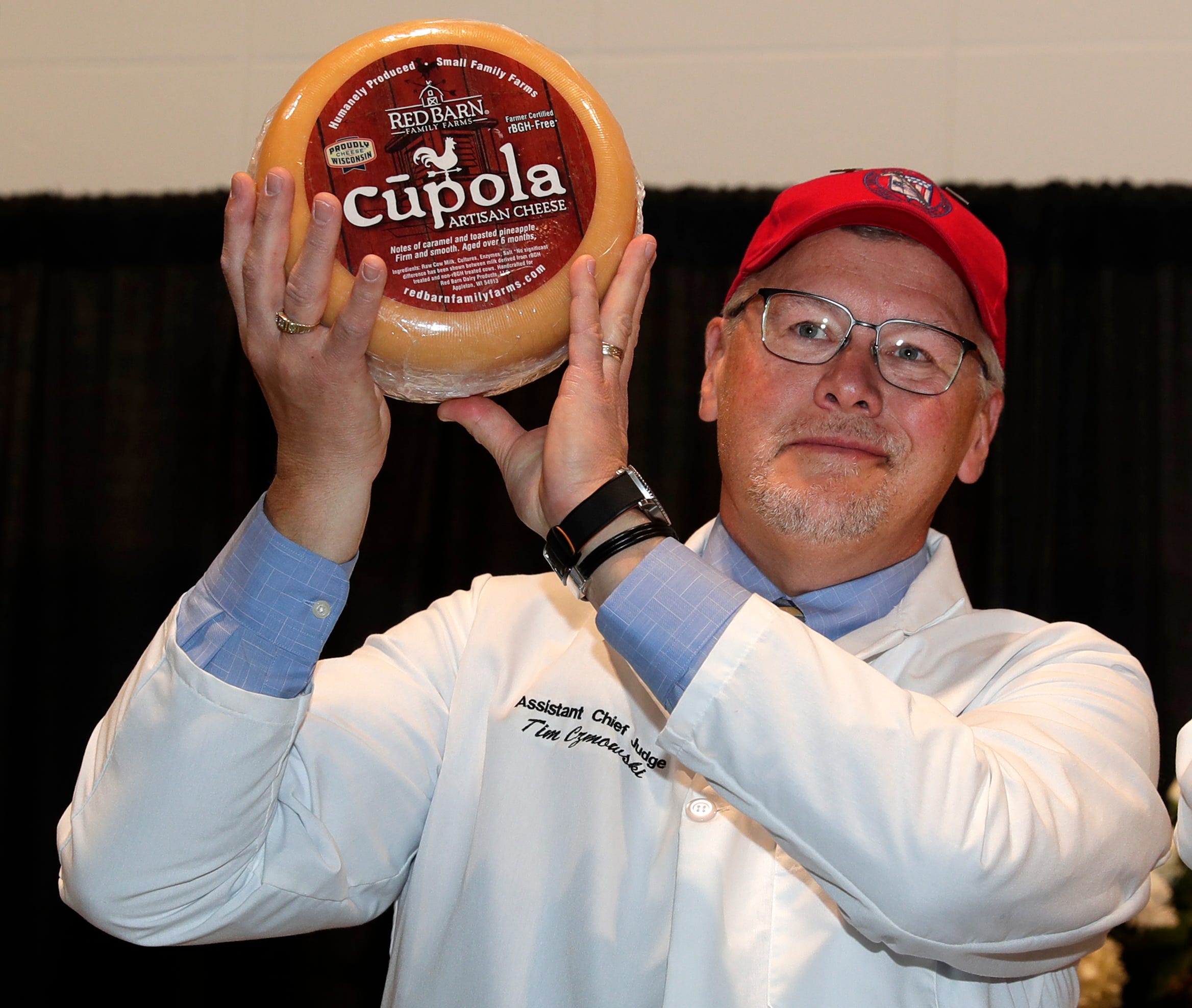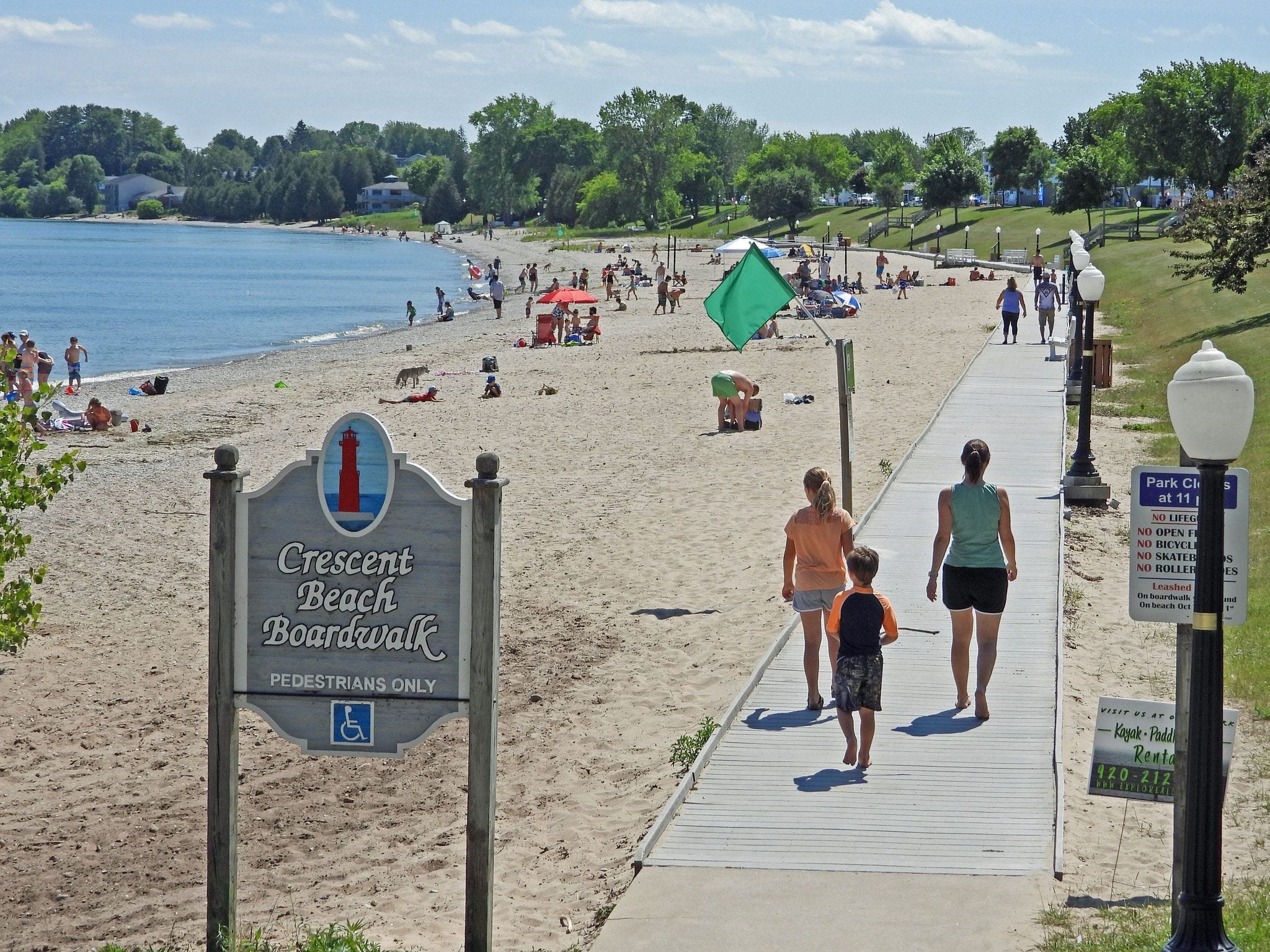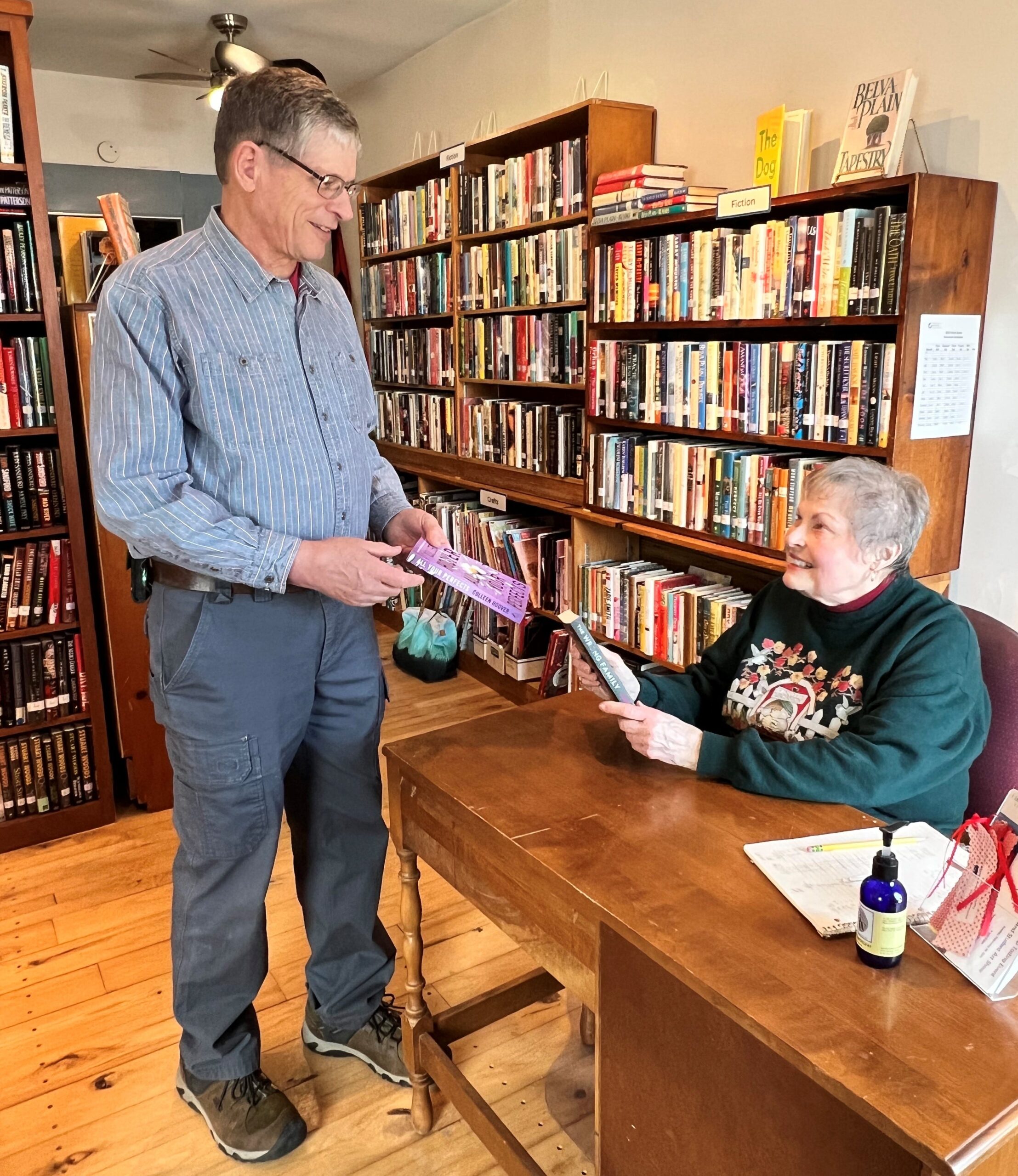Living off the land
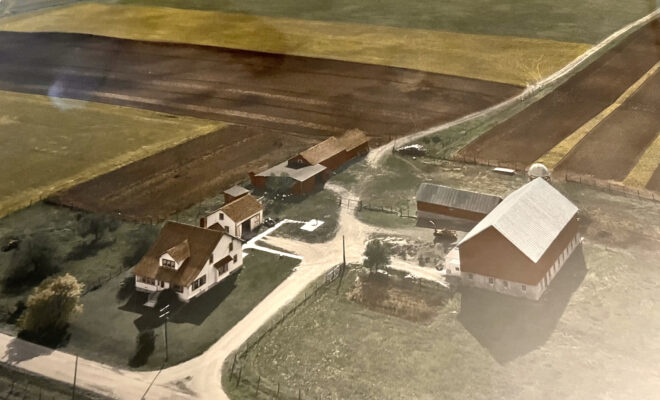
Luxemburg farm marks 150 years
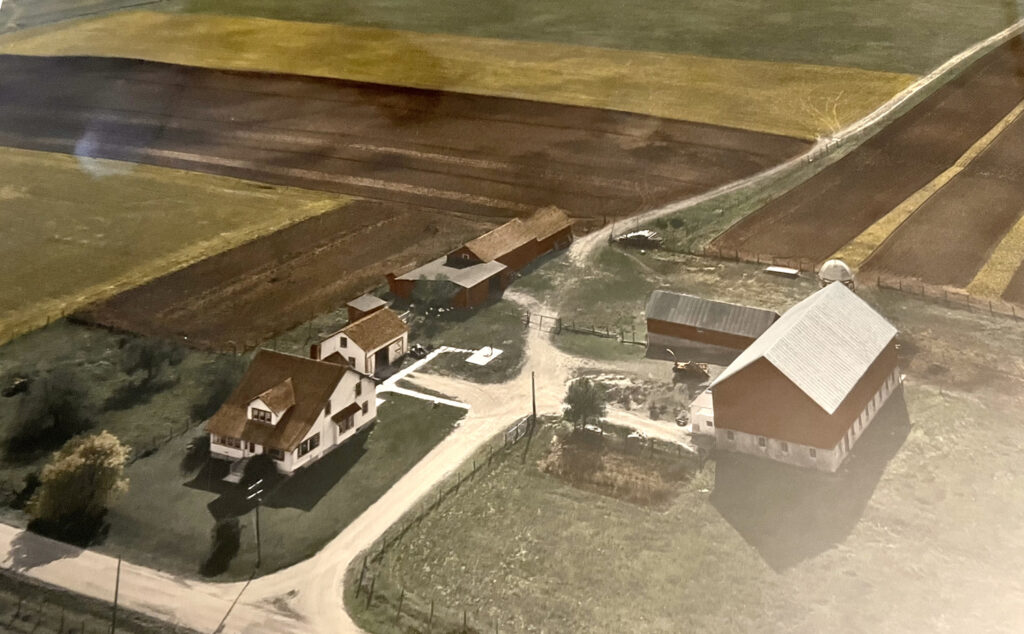
By Kris Leonhardt
Editor-in-chief
LUXEMBURG – When Paul and Anna Kelhofer left Austria on April 15, 1873, they were destined for a new land and many challenges.
With a three-year-old and a nine-month-old on the ship New Yorker, the couple sailed for 23 days along with 210 passengers before arriving at the U.S. port of New York.
Setting their feet in the new country on May 10, 1873, the family endured a 10-day train ride from New York to Green Bay, followed by a horse and buggy trek from Green Bay to Luxemburg, before reaching a property they had not yet seen.
“They bought the farm from a realtor in Austria. They paid $300 for 80 acres of land and it was supposed to be good clear, tillable farmland. When they got here, it was nothing but tree stumps and brush. There was the remains of an oxen barn and a cook bunkhouse and that is what they had to live in when they got here,” explained Jerry Bertrand.
“When they got to this country all they pretty much had was the clothes on their back, a three-year-old, a nine-month-old and pretty much no money.”
The bunkhouse was part of the remnants of a logging camp
“They lived in that cook bunk house for two years; they built their own house then,” Bertrand added.
Bertrand said that the couple had to borrow $100 from a man in Bay Settlement at 10% interest to purchase a team of oxen and some other farming equipment.
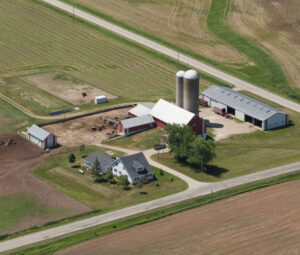
“The first year, they logged off all of the hardwoods. The loggers had come through and took all of the pines, but they left all of the hardwoods. They logged off the hardwoods in order to pay off the loan then they were debt-free,” he said
“Over the first years, they cleared land; they built the barn, put up some crops and started raising cattle and everything.”
In 1882, the Kelnhofers purchased another 80 acres from a neighbor, which they cleared for 160 acres of tillable land for working, as they raised seven children.
Paul’s son, Paul Jr. bought the farm from his mother in 1915 and continued to live off the land.
“Peas were the big thing. They would raise peas and bring them to Kewaunee and ship them out of Kewaunee,” Bertrand stated.
Paul Jr. sold the farm to his godson, Robert Bertrand, who is Jerry’s grandfather, in 1929.
Robert later sold it to Jerry’s dad, Gerald, in 1966.
Jerry took over the farm in 2000.
“I milked cows my whole life. When my grandpa bought (the farm) that is when they got more into cows. More land was cleared; there was more tillable acreage. (Over the years we) added onto the barn,” Jerry recalled.
“When my grandpa owned it, we were milking about 30 cows. When my dad bought it in 1966, we probably milked about 40 cows. Then, in about 1979-80, we remodeled — we put on a big addition — and jumped up to about 60 cows.”
Jerry and his dad later went into a partnership raising replacement heifers and springers and beef and a little cash crop.
“We did that for 20-some years,” Jerry added.
Jerry said that the challenges of the last few years took their toll on his livelihood, including taking a large hit on the price of beef.
It was challenges that started the farm’s legacy and challenges that would bring it to an end.
“COVID pretty much put the nail in the coffin,” he said.
Recently, Bertrand has turned to renting the farmland out to another farming operation.
The recognition
The farm, located at E521 Church Road, Luxemburg, will be recognized during this year’s running of the Wisconsin State Fair at the Hillshire Farm Sesquicentennial & Century Farm Breakfast on Aug. 8.
The Bertrand property will be acknowledged as a sesquicentennial farm — operating for 150 years.
The sesquicentennial program originated in 1998 as part of the state’s sesquicentennial celebration, when 237 properties were recognized.
In 2022, just 41 farms were honored.


